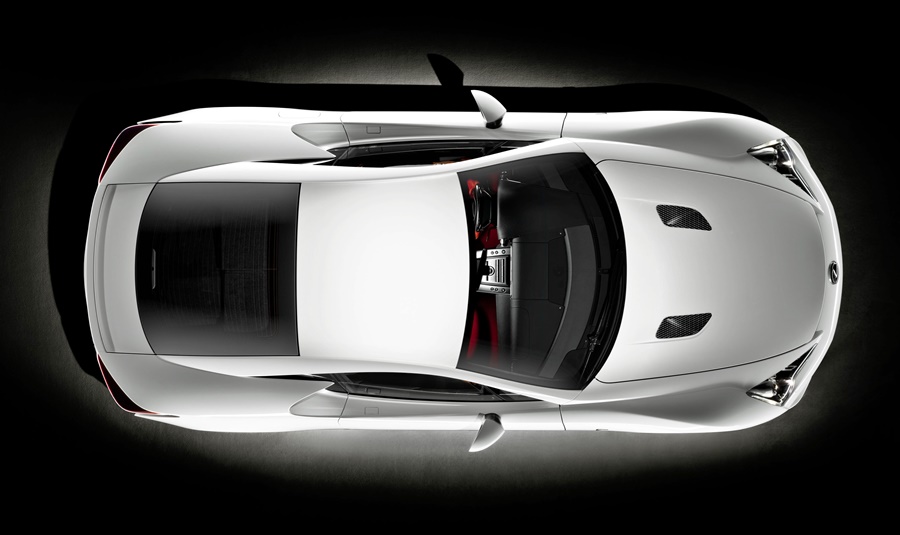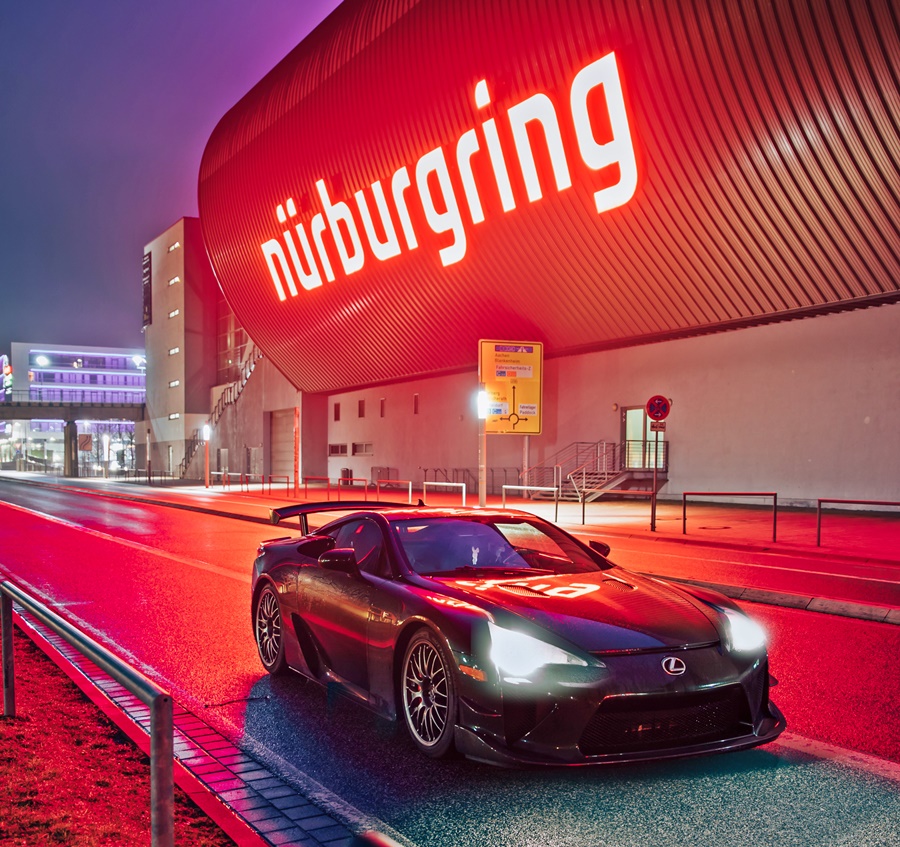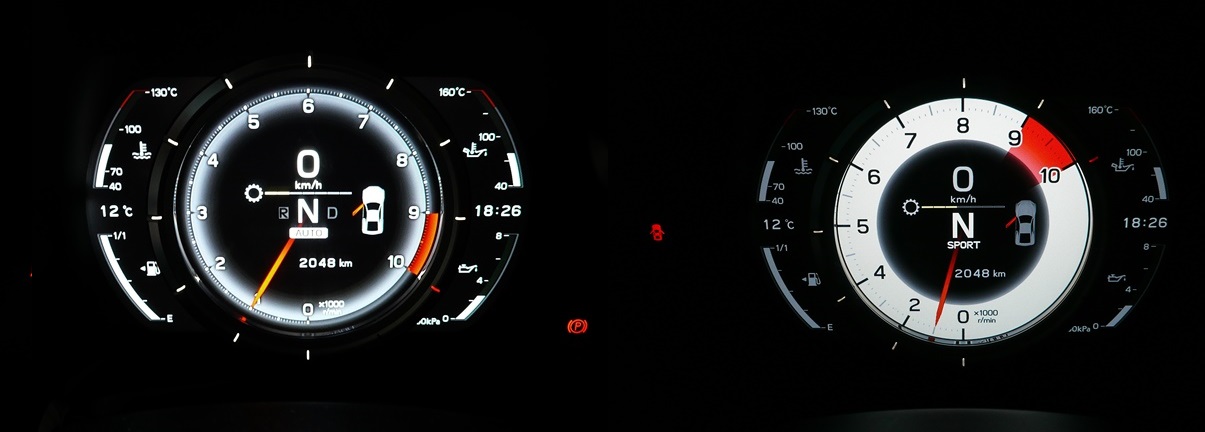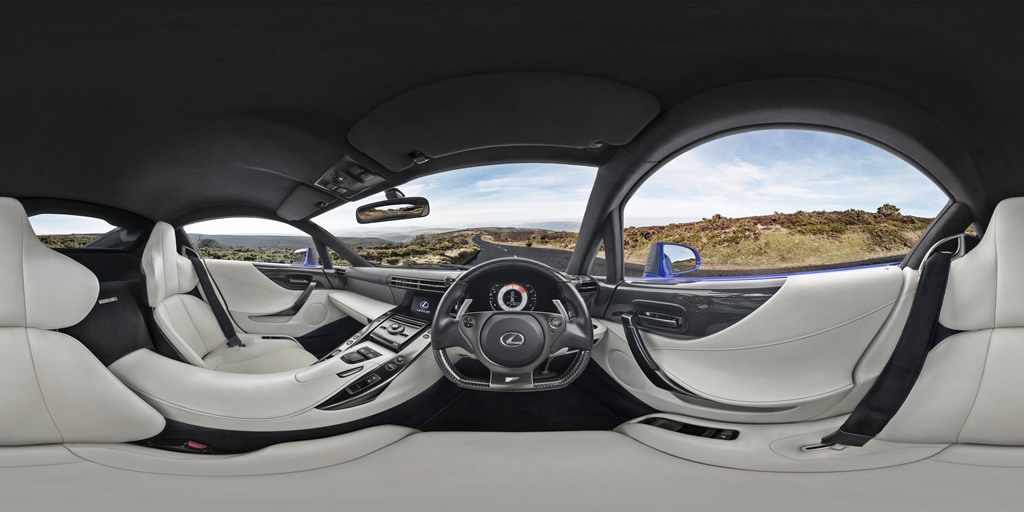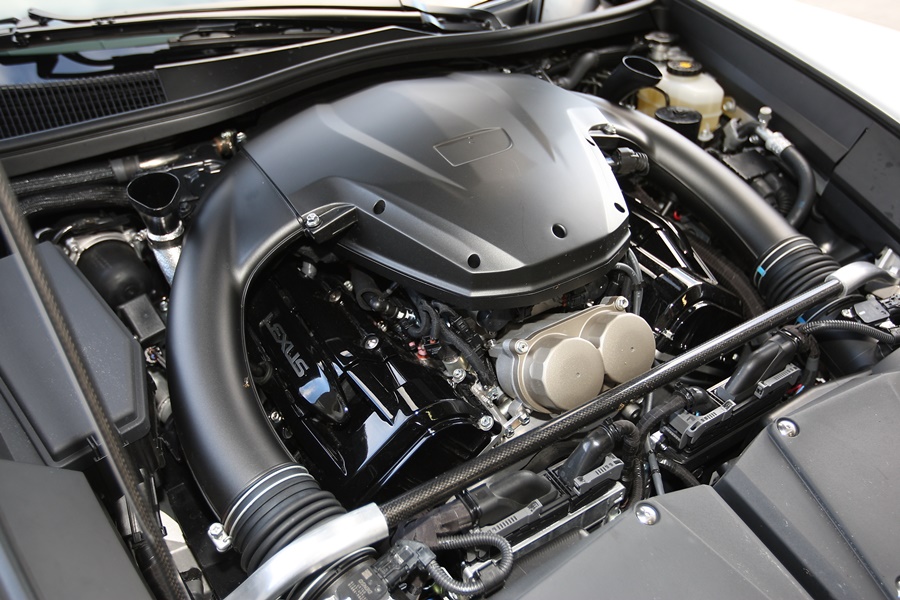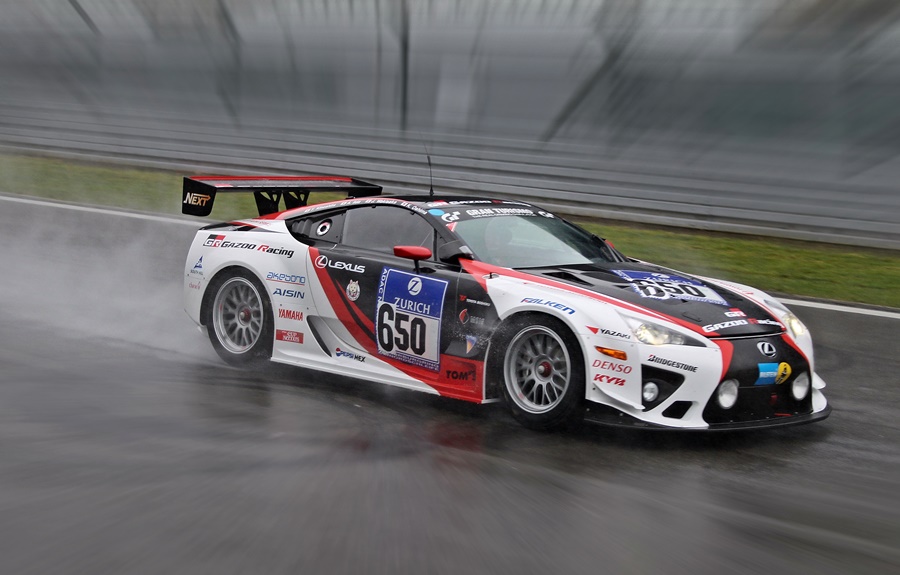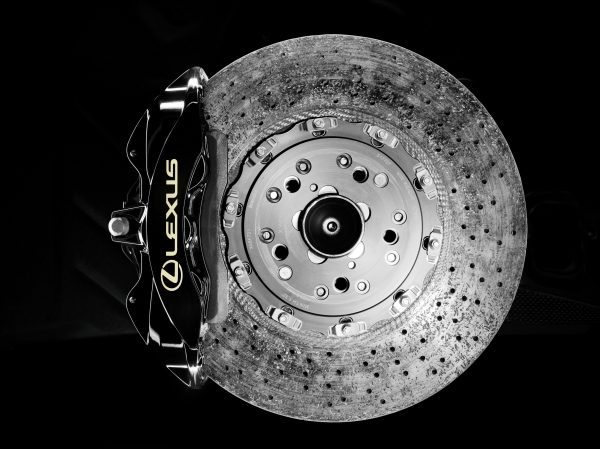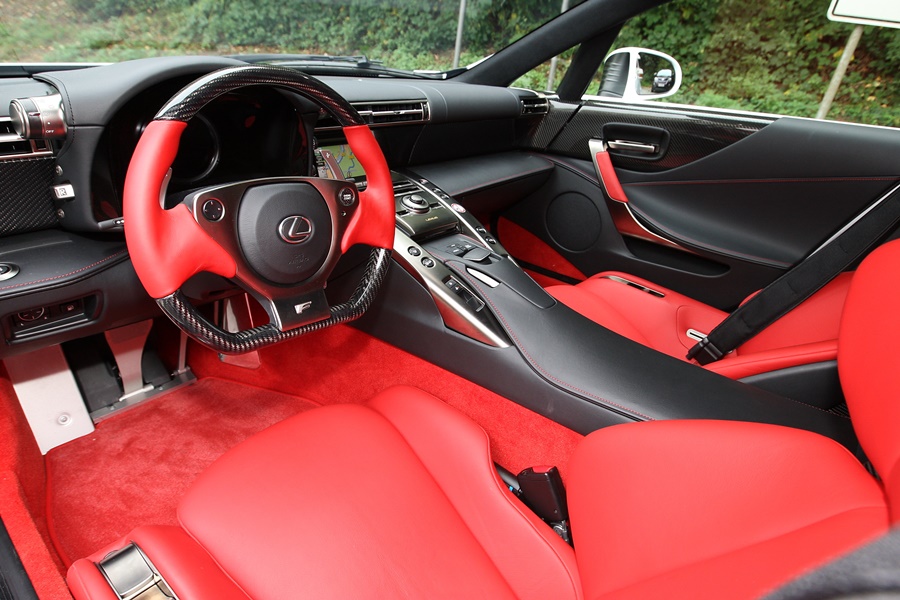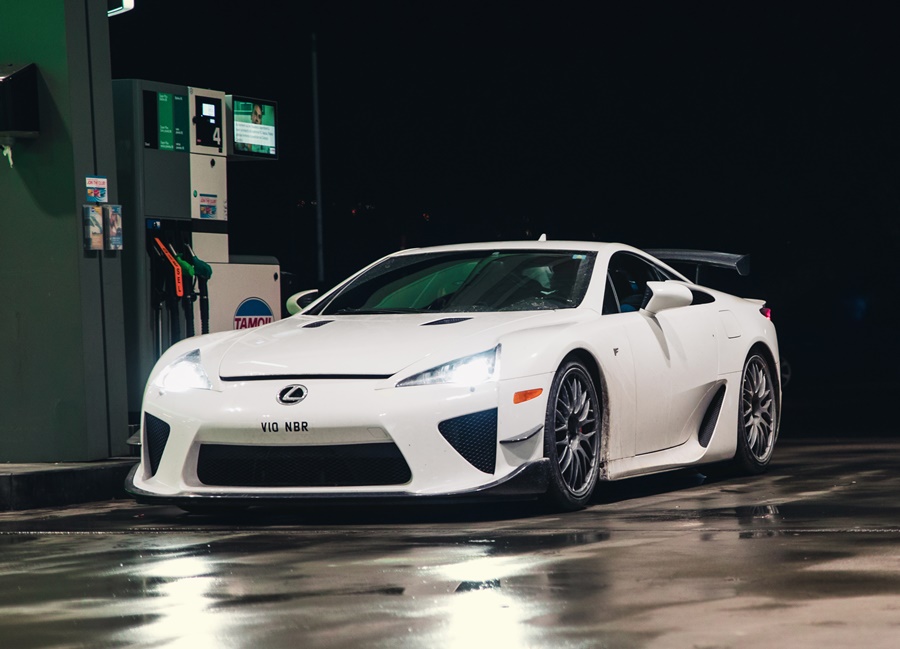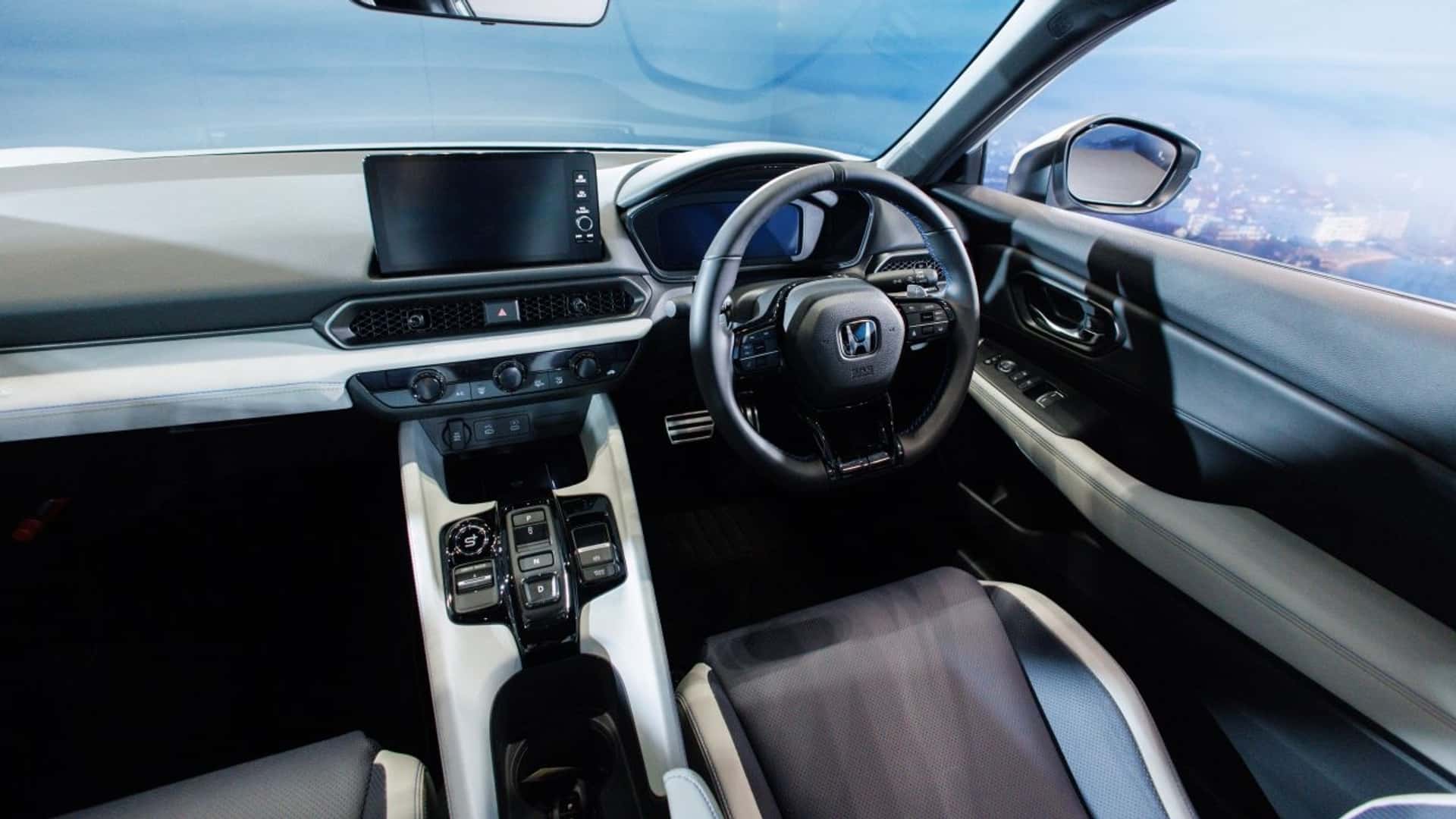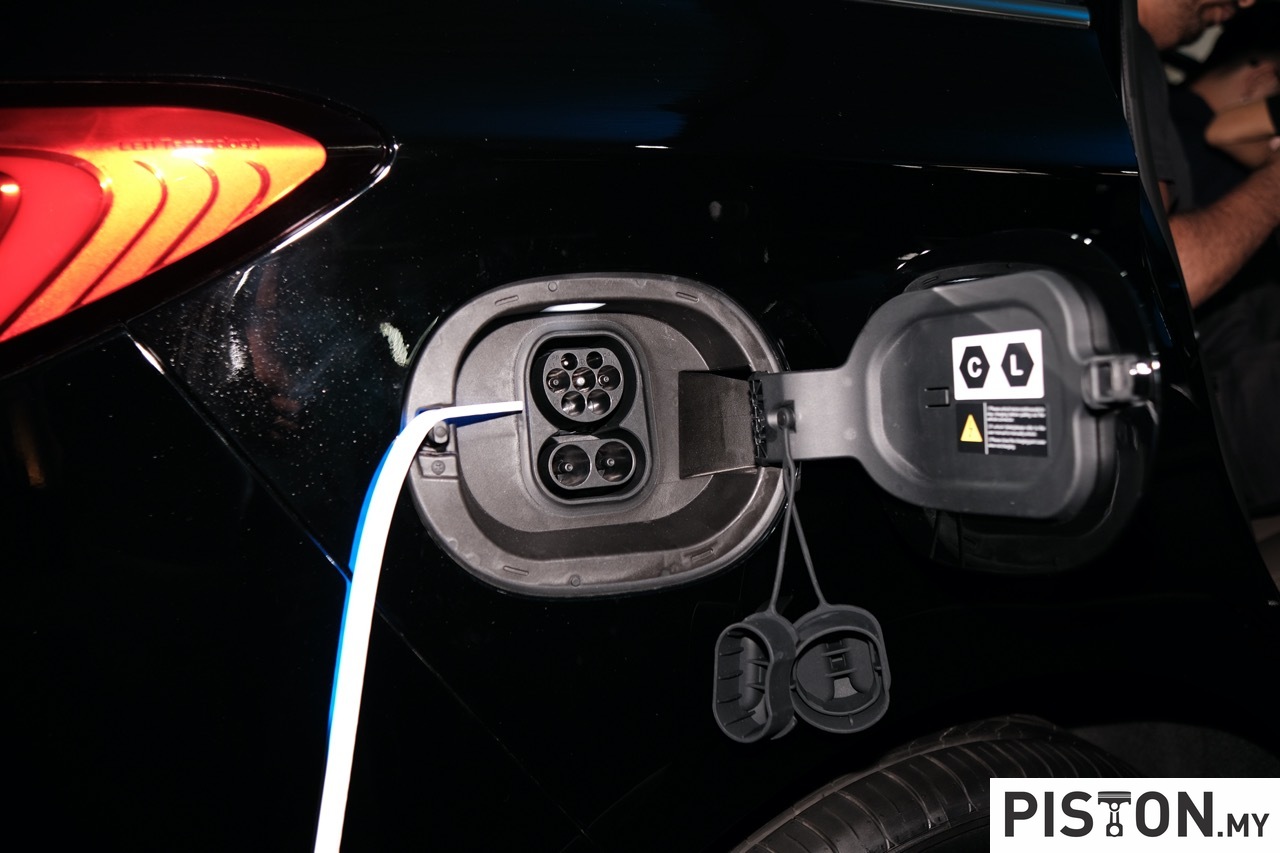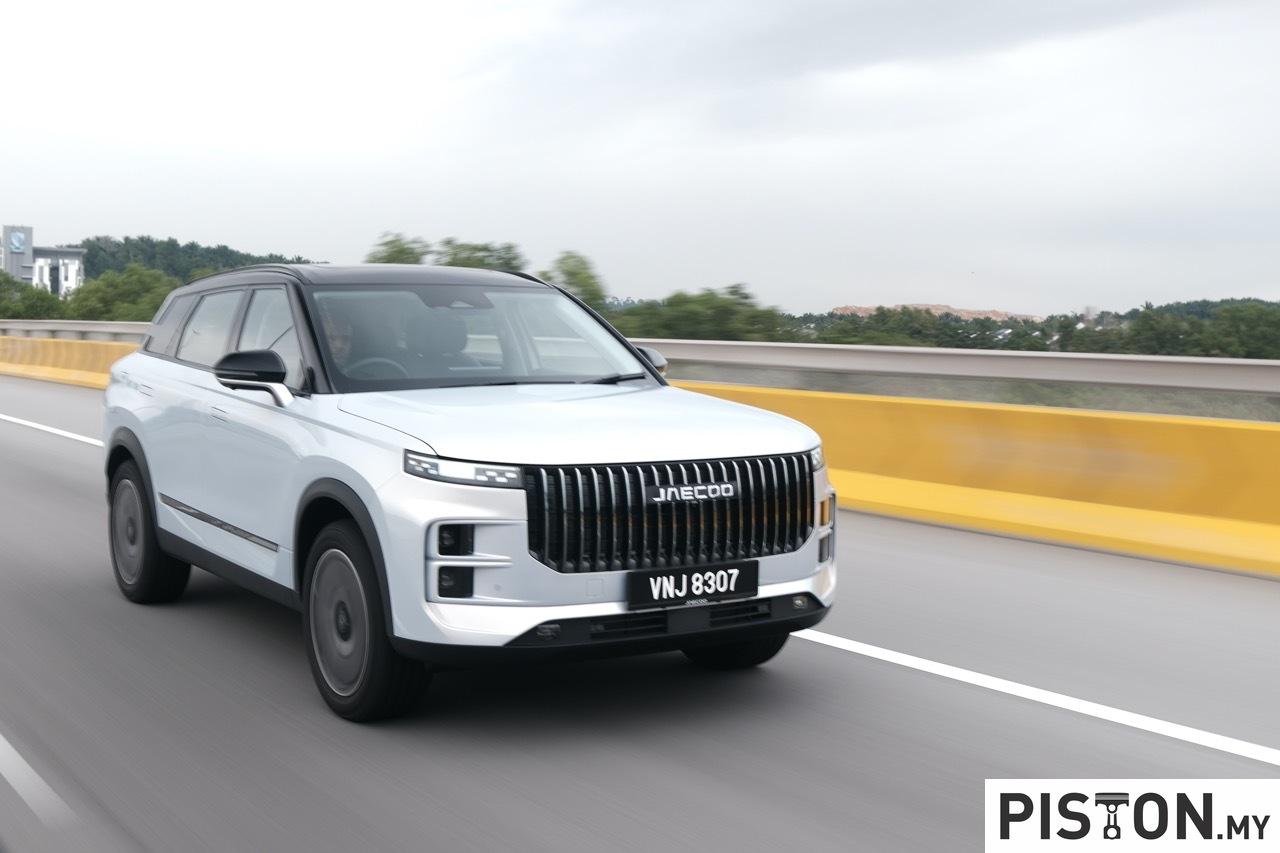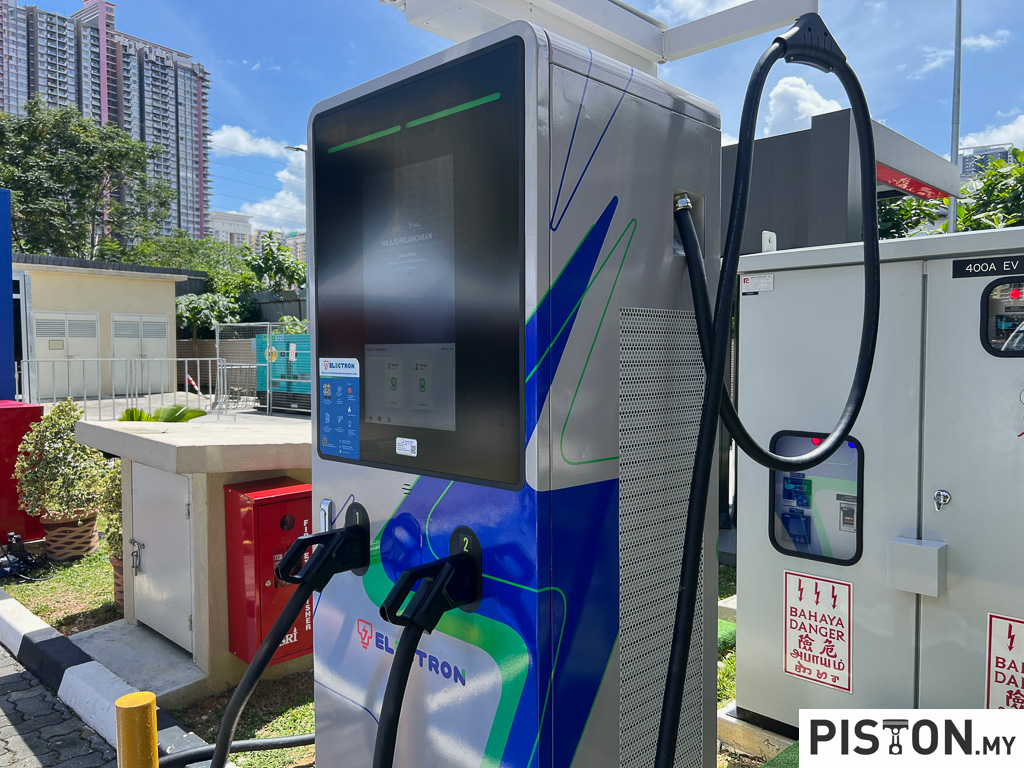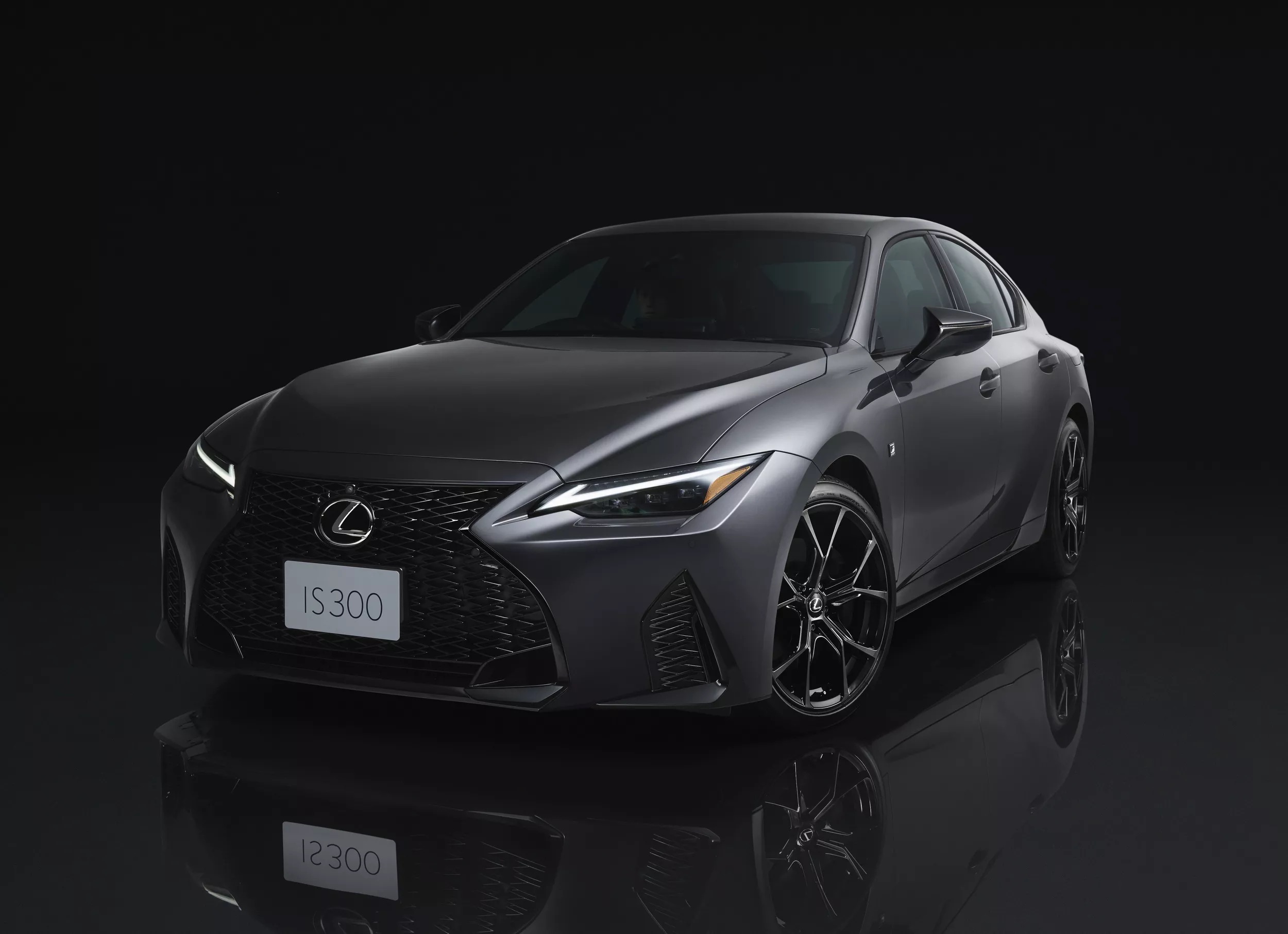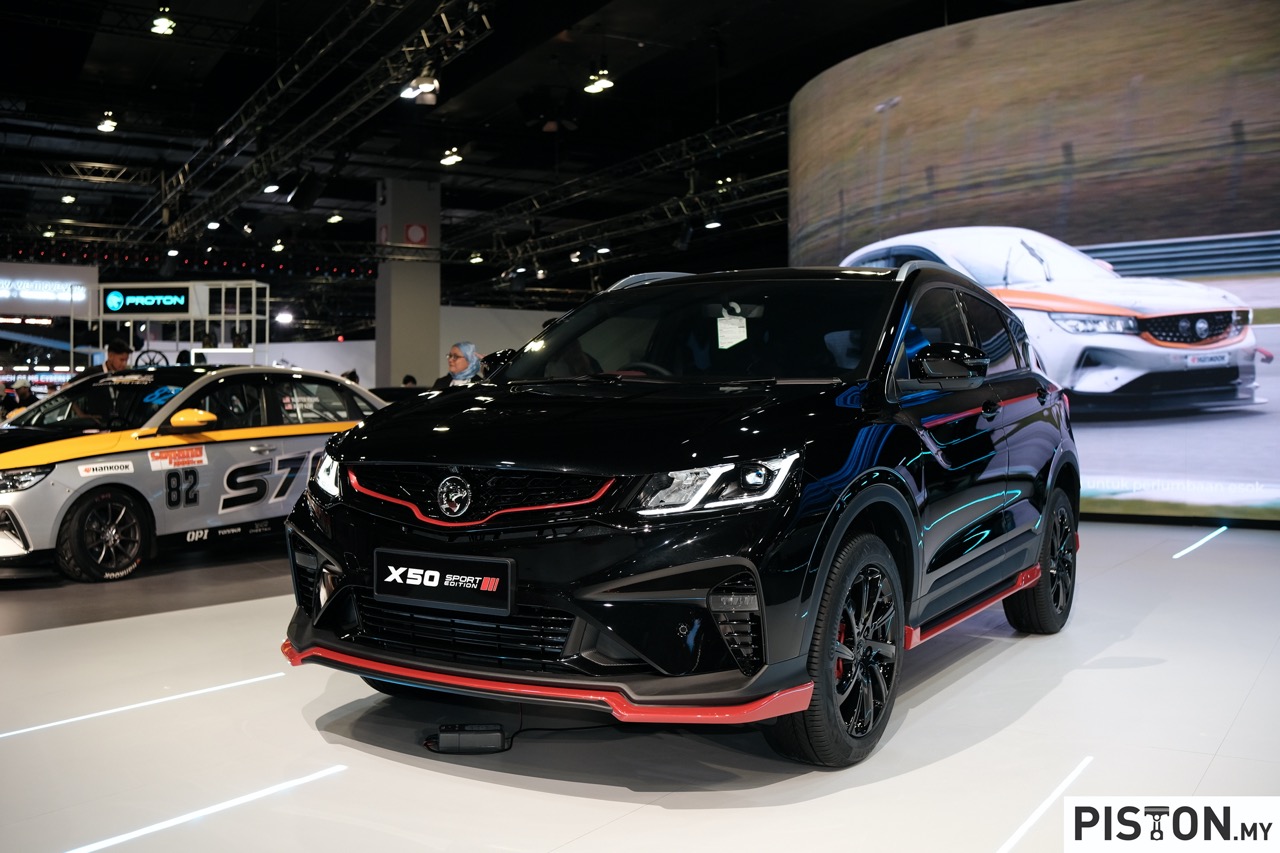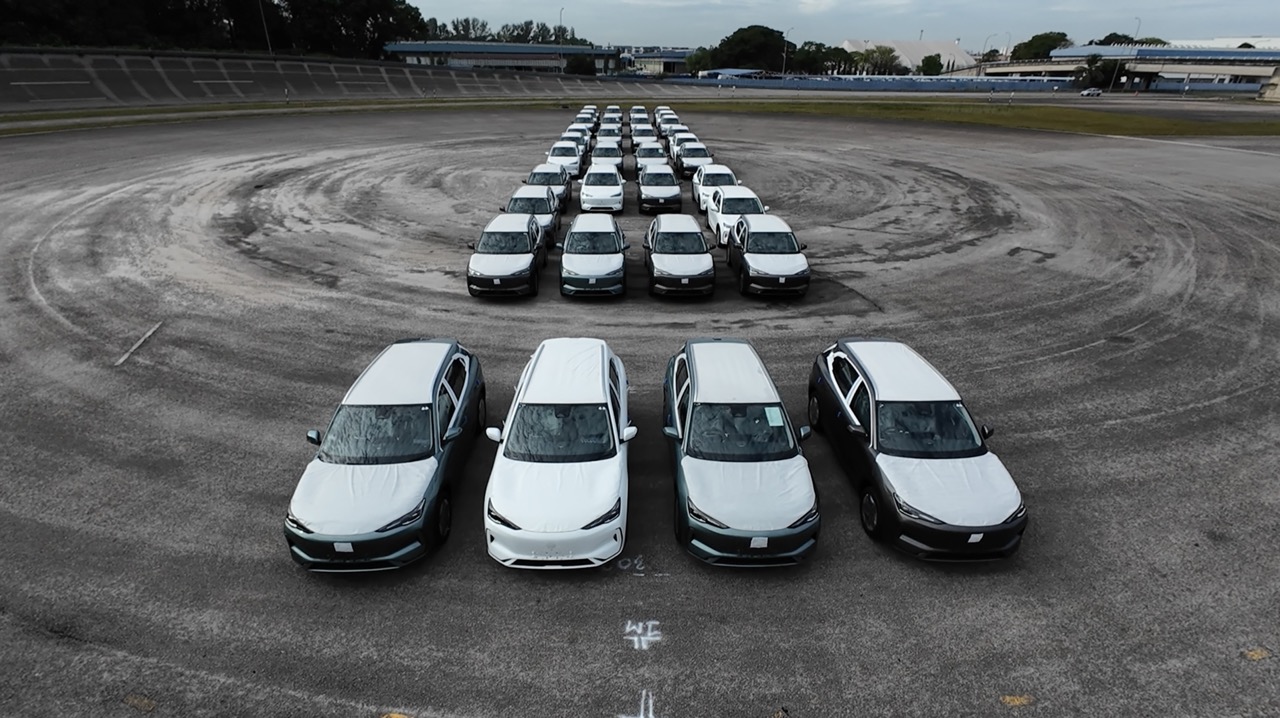It was 10 years ago that production the Lexus LFA was born. Like the Toyota 2000 GT many years before it, the LFA was an authentic supercar from Toyota’s luxury brand. For all its exclusivity and rarity – production was to be limited to just 500 units (only 351 units of the 2000 GT were built) – the LFA left a legacy that has influenced every car Lexus has built since.
The story of the LFA actually began 10 years earlier, in early 2000, as a research and development project to produce a thoroughbred supercar. A Lexus Chief Engineer, Harahiko Tanahashi, was given free rein and the chance to work with new materials and processes. This ‘clean sheet’ approach echoed the way Lexus rewrote the luxury car rulebook with the flagship LS sedan that launched the marque 10 years before.
In 2001, Master Driver Hiromi Naruse joined the team and his skills would prove key to the LFA achieving its handling and performance goals. In the early stages, 500 key assets were identified, from the suspension design to the shape of the steering wheel; every detail had to be perfect.
The first prototype was completed in 2003 and a year later, it began running its first laps of the Nurburgring Nordschleife, the legendary racetrack that would be the cradle of the LFA’s development. The supercar pioneered new powertrain and materials technologies and exemplified the takumi hand-crafted approach to manufacturing and design that has become a brand-defining quality for Lexus.
The world had its first glimpse of what Lexus was planning with the reveal of a design study at the 2005 North American International Auto Show, followed by a closer-to-production concept car two years later. In 2008, the LFA – still a work-in-progress – made the first of 4 annual appearances in the gruelling 24 Hours of Nurburgring. This was the toughest possible test of the car’s performance and quality, prior Lexus confirming its production at the 2009 Tokyo Motor Show.
Manufacturing began at Lexus’ state-of-the-art Motomachi plant at the end of 2010. Such was the dedication to precision engineering, production was at a rate of just one car per day with each engine assembled and signed off by a single technician, complete with an engraved plate bearing the car’s production number.
The LFA was rich in revolutionary features. At its heart was an all-new, naturally aspirated 4.8-litre V10 engine, produced in a joint venture with specialists Yamaha. The company, well known for its motorcycles, had also been involved with Toyota with the 2000 GT as well as various high-performance engines.
Even though it was smaller and had fewer cylinders than some supercar rivals, its performance was exceptional, delivering a maximum 560 bhp at 8,700 rpm. Front-mounted, the engine power went to the rear wheels through a 6-speed automated sequential gearbox positioned on the rear axle. The LFA could rocket from 0 to 100 km/h in just 3.7 seconds and on to a 325 km/h top speed, as those who tested it confirmed.
Keeping the car’s weight down was essential to its performance, achieved by switching from the aluminium used for the original concepts to carbonfibre reinforced plastic (CFRP). This strong but lightweight advanced woven composite material was used for most of the bodywork, the passenger cell and the transmission tunnel and has since been used in other Lexus models (such as the GS F and RC F, members of Lexus’ exclusive F-performance car stable). Stopping power had to be as effective as the drive, hence the use of high-performance ceramic brake discs.
Lexus also developed an ultra-exclusive Nurburgring Package, a version re-engineered to maximise the car’s track potential. Drawing directly from the car’s racing experience, it gained stiffer suspension, lighter forged alloy wheels with performance tyres and extra aerodynamic features, including a new front lip spoiler, front winglets and a fixed GT-style high rear wing to maximise downforce. With ride height reduced by 10 mm, the car also hugged the ground more closely. To compensate for the extra drag, engine power was increased to 570 bhp.
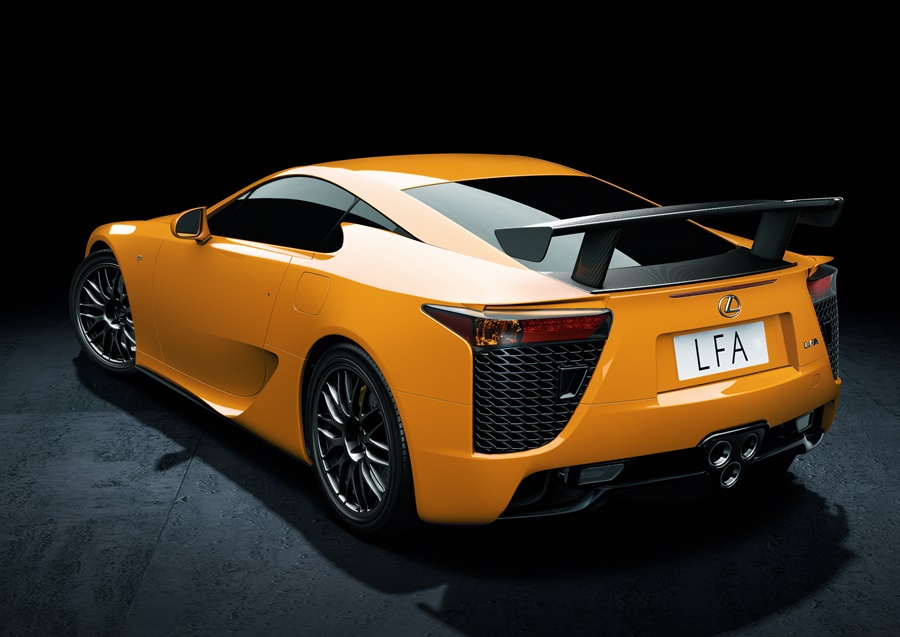
Production of this very special edition was to be just 50 cars, with each owner given professional instruction and a year’s driving pass to the Nurburgring. Its superlative performance was confirmed in 2011 when it set a new lap record at the track for a production car. Although the LFA never won the Nurburgring 24-Hour outright, in 2012 and 2014, LFAs claimed much-deserved class wins.
LFA ownership was the privilege of just a very people and because of the limited number, many units were sold or auctioned for charity. On December 14, 2012, LFA production came to an end and all 500 cars had been completed in two years – a production rate of one per day.
Another LFA in future?
There is always a desire within Lexus to build ‘another LFA’ but President Akio Toyoda was circumspect in commenting on this matter. “In Japan there is the Ise Shrine,” he said in 2019. “It is rebuilt every 20 years as part of the Shinto belief in the renewal of nature. The purpose of its rebuilding is to pass on skills to a new generation.”
“In the 1960s, we built the 2000GT sportscar; in the 1980s, we had the Supra. In 2000, the 20-year cycle should have continued but too many people at the time were interested in volume and sales, not in a special car. So we missed the turnover and now it has been 30 years. We will never catch up but in 20 years’ time, we will come up with another new supercar. It will serve as a challenge for the next generation.”






